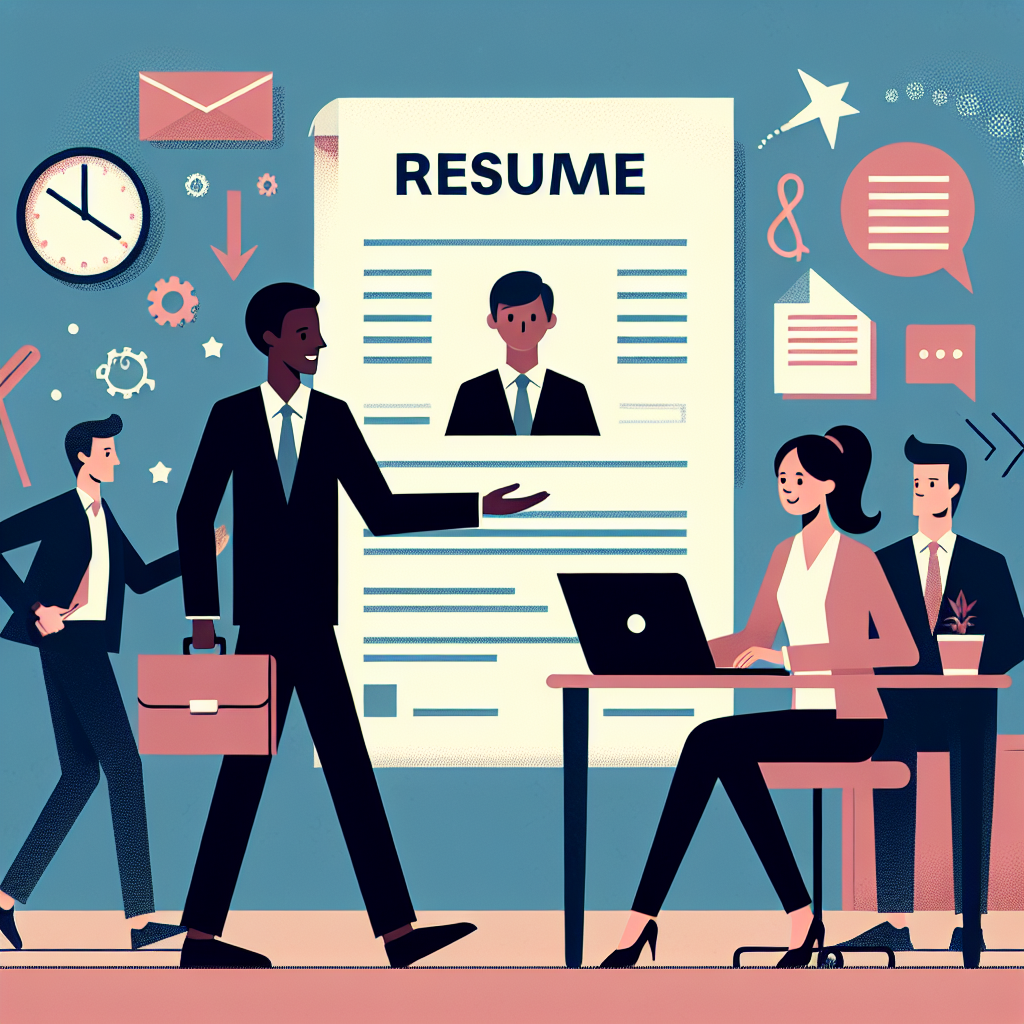Many students and jobseekers find the first step toward a new role confusing—where to go, what services are available, and how to make the most of each appointment. This Beginner’s Guide To Career Resource Office explains what a typical campus or community career center does and offers simple strategies to use their services effectively. Whether you’re a new graduate, returning student, or someone changing careers, a career resource office can accelerate your readiness for job searching, networking, and interviewing.
What a career resource office does
Career resource offices (also called career centers or career services) provide a range of supports designed to help people explore occupations, prepare application materials, and connect with employers. Typical offerings include:
- One-on-one career counseling and goal-setting sessions
- Resume and cover letter reviews, and templates
- Interview preparation, mock interviews, and feedback
- Job boards, employer events, and campus recruiting calendars
- Workshops on networking, LinkedIn, and job search strategies
- Internship and experiential learning guidance
How to use a Career Resources Office effectively
Make an appointment early, come prepared, and treat the office as a professional support unit. Before your meeting, compile a list of questions, a draft resume, and a short statement about the types of roles or industries you’re targeting. A few practical tips:
- Be specific about your interests—narrowing your focus saves time and leads to more targeted advice.
- Request mock interviews to practice behavioral and technical questions.
- Ask for industry contacts or alumni who can provide informational interviews.
- Follow up after appointments with a thank-you message and next steps.
Using digital tools and labor-market data
Career centers often teach how to use online resources to research occupations and wages. For reliable occupational profiles, job outlooks, and employment projections, consult authoritative labor statistics such as the Occupational Outlook Handbook provided by the U.S. Bureau of Labor Statistics. This resource helps you compare growth rates, median pay, and typical entry requirements for a wide range of careers, and is useful when deciding which skills to prioritize.
Preparing for appointments and workshops
Treat a career resource office like a professional service. Bring a current resume, a list of roles you’re considering, and questions about application timelines. If you want help with networking, ask for alumni lists or employer contacts. Use workshops to build specific skills—many centers hold sessions on salary negotiation, personal branding, and effective job searching.
Special programs and targeted support
Many centers offer specialized tracks: internships, employer partnerships, language-specific services, or transition programs for midlife career changers. If you’re exploring a major life pivot—such as returning to work after a long break—look for resources tailored to that experience. For example, there are focused guides on starting new career paths later in life that provide practical steps and community support; see this starting fresh: new career paths for women at 50 for ideas on how targeted programs and planning can make midlife transitions smoother.
Networking and employer engagement
Career centers maintain relationships with recruiters and often host career fairs and employer panels. Attend these events prepared: bring printed resumes, rehearse your 30-second introduction, and have specific questions ready about the role and company culture. Follow up promptly with contacts you meet—connect on LinkedIn and send personalized messages referencing your conversation.
Measuring progress and staying accountable
Set measurable goals for your job search: number of applications per week, informational interviews per month, or skills to complete on an online course. Share those goals with a career counselor and schedule periodic check-ins. Tracking activities and outcomes improves momentum and helps counselors tailor support.
- Make one targeted contact per week to build momentum.
- Attend at least one workshop or networking event monthly.
- Revise and personalize your resume for each application.
FAQ
Q: Do I need an appointment, or can I drop in?
A: Many centers accept both scheduled appointments and drop-in hours. Check the office’s schedule online and use appointments for in-depth resume reviews or career planning.
Q: What should I bring to my first session?
A: Bring your current resume, a list of target roles or industries, and specific questions. If unsure, the counselor can help you clarify goals and create an action plan.
Q: How long before I should start using a career office?
A: Start as early as possible—ideally months before graduation or a planned career move—to build skills, gain networking contacts, and access internship or job leads.



